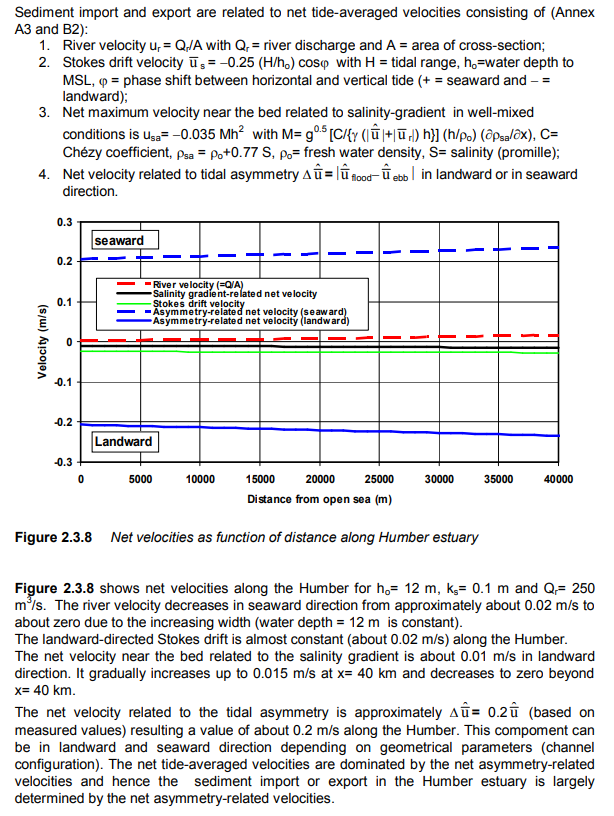I am working on a project. Where this bacteria has been deposited at a port in the Humber Estuary. Where it has been deposited has been marked in red. I am trying to work out the limits of where this bacteria can get moved to. I know that the input of all freshwater by the rivers is 250 m3 per second so I could calculate the movement of the bacteria as it leaves the estuary. However, I want to work out if it can be moved inland by the tide. I have found some information that looks at tide velocities. However, the velocity seems pretty low compared to the amount of freshwater entering the estuary. The thing is the points of tidal incursion are marked on the map so I assume the tide reaches there, especially as the tide can increase the height of the river by metres in some places. I am struggling to know what information I need to calculate this because I am more a biologist by training.
Any help would be appreciated!
Thanks
James

